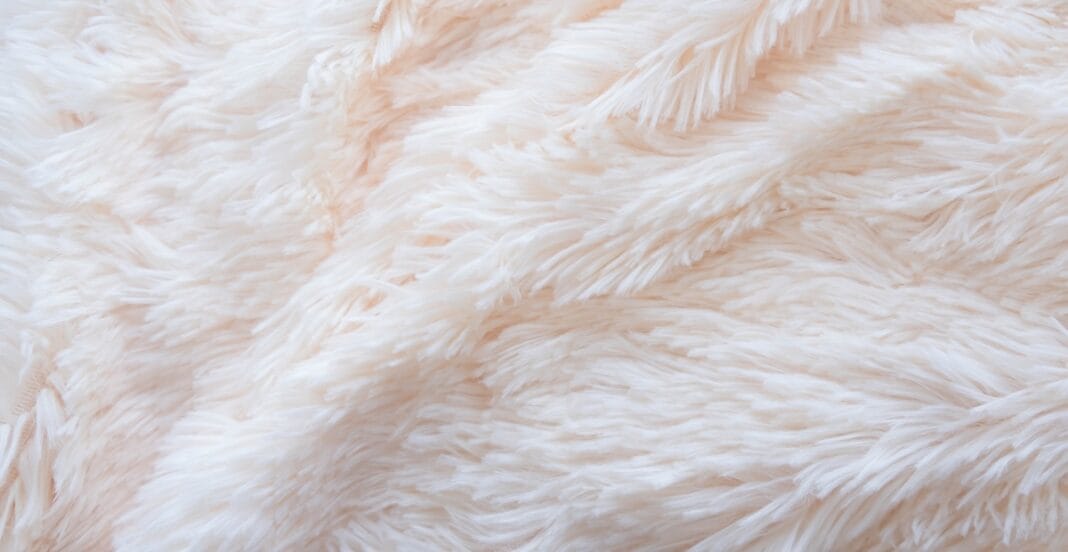No other fabric embraces you in comfort like the right type. Among all fabric types of fuzzy fabric stands out due to its coziness and warmth. Whether it is relaxing on the couch, sewing a plush toy, or snuggling in a soft blanket, the types of fuzzy fabrics used can change how something feels against your skin.
From stylish loungewear to opulent home decor, these soft textures evoke that sense of pampering you never want to depart from. This guide covers everything that you need to know about the types of fuzzy fabric that feel like a dream—without making it feel like you are reading a textbook.
Table of contents
- What Factors Contribute to the Luxurious Feel of types of Fuzzy Fabric?
- What Is the Popularity types of Fuzzy Fabric Today?
- Fleece: Sustained Fuzzy Fabric Innovation for Outdoor Adventures
- Minky: Silky Soft and Loved by Children
- Velour: A Plush Classic That Screams Glam
- Terry Cloth: Absorbent and Hug-Worthy
- Bouqué: Textured Elegance With a Cozy Twist
- Brushed Cotton: Everyday Softness at Its Best
- Real Life Applications of types Fuzzy Fabric
- Maintenance of types of Fuzzy Fabric
- Conclusion
- FAQs
What Factors Contribute to the Luxurious Feel of types of Fuzzy Fabric?
Soft to the touch fabrics have a magic all their own. Types of Fuzzy fabric are a product of the weaving and finishing processes. The texture is created by the small fibers that stand upright from the surface. These fibers, in addition to trapping warm air, also provide softness.
Fuzzy fabrics are not homogenous. Rather, they differ in composition. While some are made of polyester and other synthetic fibers, others are made from natural like cotton fabric. Types of fuzzy fabric are luxurious because of their softness and tactile warmth coupled with their durability. It is like receiving a warm blanket hug.
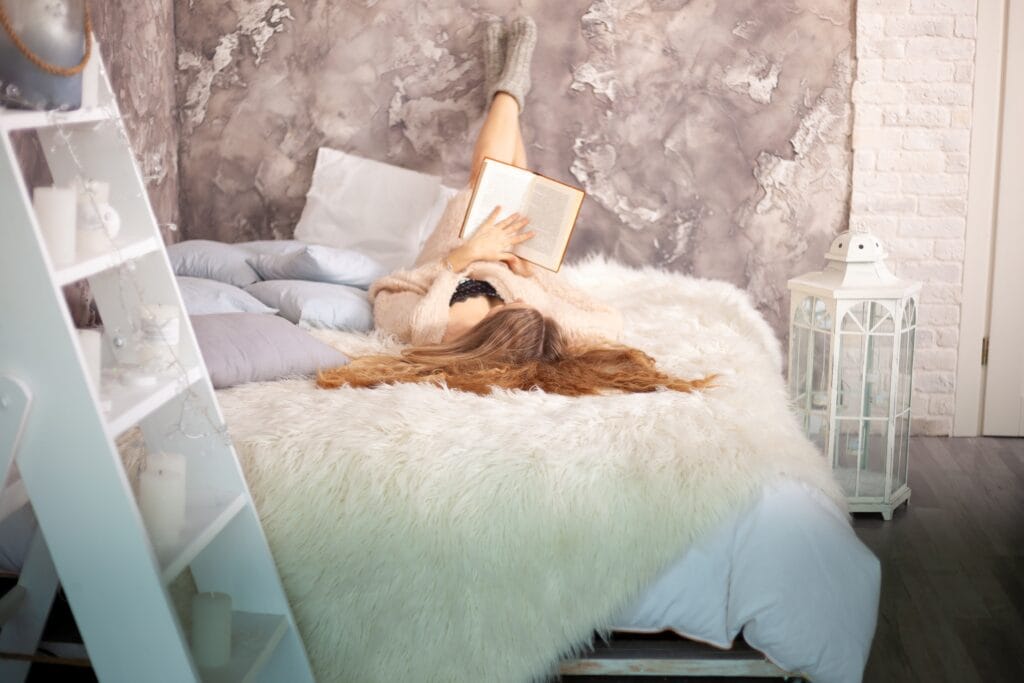
What Is the Popularity types of Fuzzy Fabric Today?
Fuzzy fabrics are everywhere and for good reason. In this modern age, comfort is a sought after commodity. Fashion runways to home interiors, designers love the versatility while crafters appreciate the ease of use. Shoppers adore the feel of these fabrics, adding to their growing popularity.
Types of fuzzy fabric are no longer just restricted to doll clothing. With remote work gaining traction, items such as slippers, jackets, throws, pet beds and even robes have seen an increase in sales. The fabric has even made its way into streetwear fashion for those looking to make a bold statement.
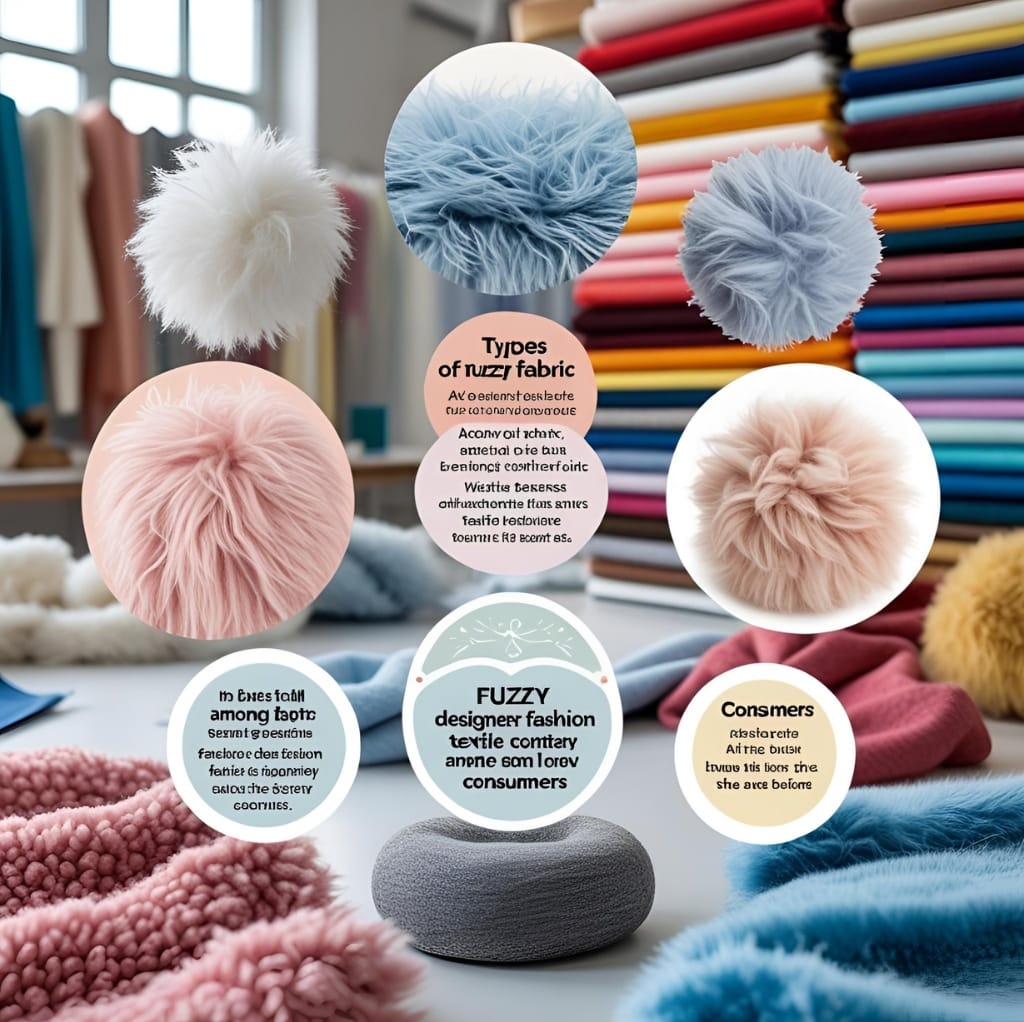
Fleece: Sustained Fuzzy Fabric Innovation for Outdoor Adventures
Fleece epitomizes outdoor snug wear. It is known for its lightness, breathability, and warmth. It is also low on moisture due to its quick drying abilities. This makes fleece fabric of choice for activewear and outerwear.
Fleece is a synthetic fabric, most commonly manufactured from polyester. It mimics wool without any itching. Fleece comes in several forms, including polar, micro, and soft Pile Fabric fleece. Fleece is a preferred material for warm and cozy blankets and zip up jackets due to its synthethic manufactur.

Minky: Silky Soft and Loved by Children
Minky fabric is often used in baby blankets and other children’s products and is known for its minky texture. The Minky is a fabric that is soft to the touch and plush on one side while having a smooth and almost slippery half on the other.
The Minky composed of polyester which makes it hypoallergenic, making it as great for babies as it is for adults. Minky is available with textured raised dots, embossed patterns, or even a ribbed finish. Its cooling touch, alongside warmth on the skin makes it ideal for cuddles.
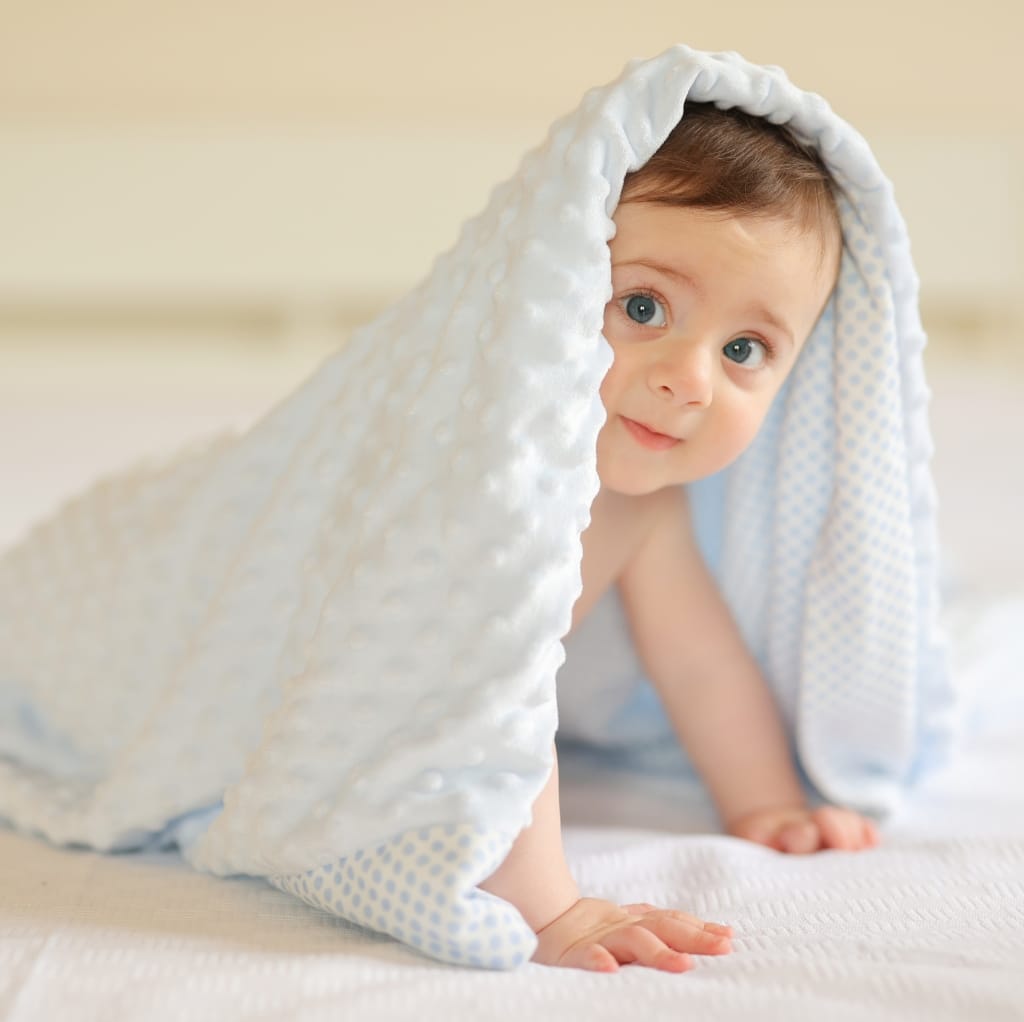
Velour: A Plush Classic That Screams Glam
Velour Fabric screams glam, as its a fuzzy fabric that is stylish and dramatic. Its rich and thick but has a stretchy element which makes it resemble knit fabric. These qualities make velour popular among elegant loungewear, dance costumes, and even fashionable tracksuits.
A dense pile characterizes velour, which refers to a fuzzy surface that is thick and smooth. As its known for catching light, it adds glamour when worn. Velour enhances the comfort zone of the users by bringing a touch of sparkle and is a great option for those seeking to glamorize their loungewear.—

Terry Cloth: Absorbent and Hug-Worthy
Terry cloth is a fuzzy fabric used in spa wear, bathrobes, and towels. Its looped pile surface is both soft and fluffy, and helps absorb water.
Terry is mainly cotton, which makes it breathable and skin-friendly. Some luxury robes boast an ultra-thick fiber terry that hugs the body like a warm gentle squeeze after a bath. While not glamorous like velvet, it embodies pure, honest comfort.
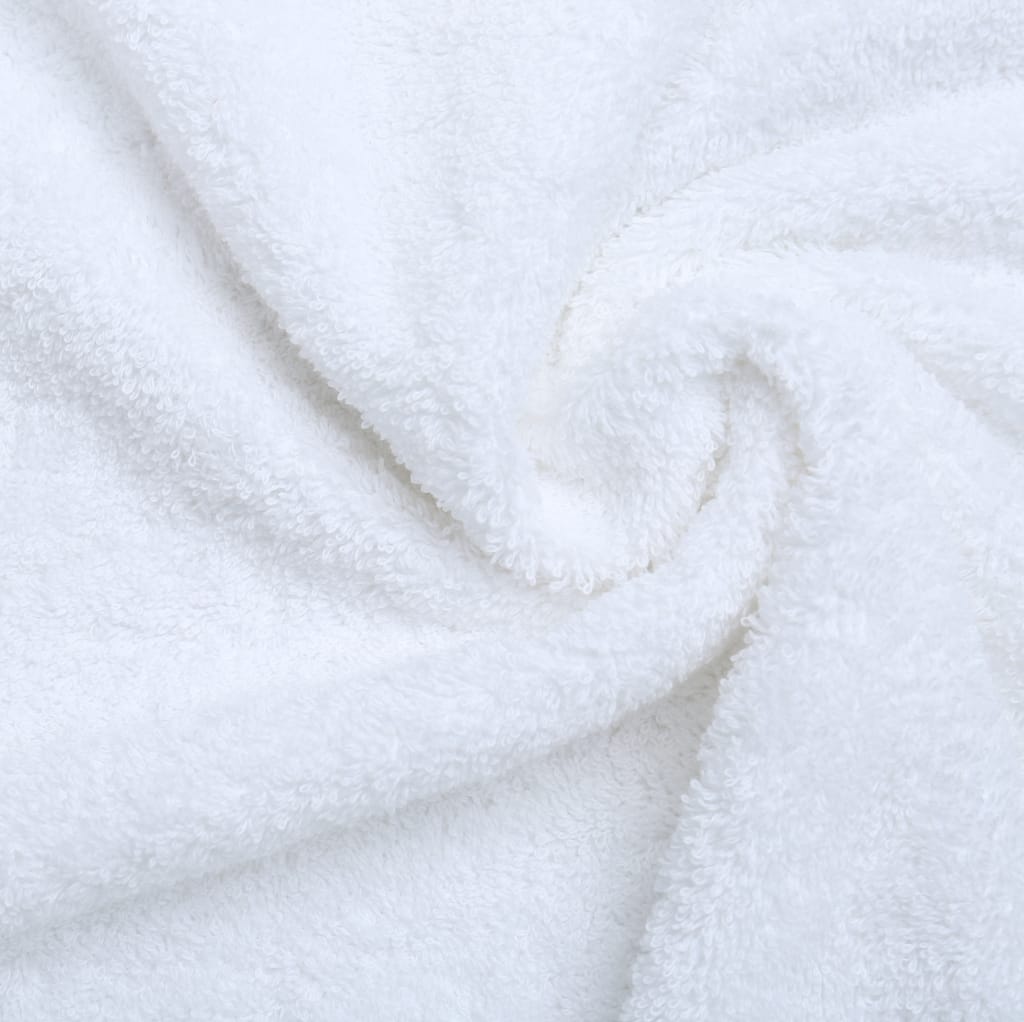
Bouqué: Textured Elegance With a Cozy Twist
Bouqué jackets and chairs are an epitome of modern luxury. This bumpy and fuzzy surface comes from looped yarns which make bouqué fabric. Textured elements add grace to any outfit or interior piece.
Considering overwearing blankets like fleece or minky, bouqué could be described as cozier. It strongly appeals to high fashion designers and interior decorators as it combines timeless elegance with a soft touch.

Brushed Cotton: Everyday Softness at Its Best
Pajamas, bedsheets, and casual shirts are pieces made from brushed cotton which is a gentle fuzzy cloth. It’s achieved by lightly brushing the fabric surface to raise tiny fibers.
It can be washed and is breathable, and eco-friendly if organic cotton is used. What makes brushed cotton unique is the simple luxury it offers; it is not until you put on a cozy hoodie or brushed cotton sheets that you realize how much you appreciate it.
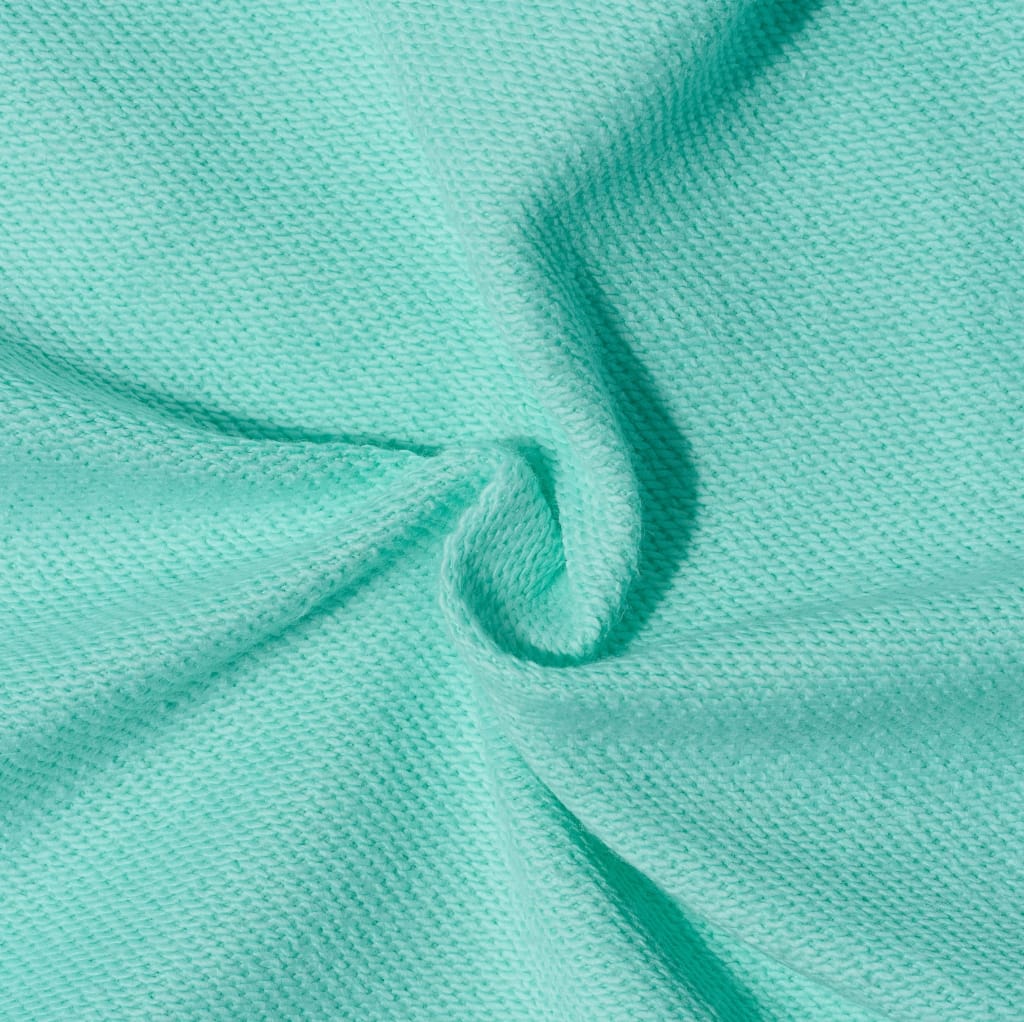
Real Life Applications of types Fuzzy Fabric
Let us take a look at how people apply these types. Soft Pile Fabric is commonly blended with denim by fashion designers. Faux fur is combined with velvet or leather by interior decorators. Parents use minky to make baby blankets. You will also find fleece used in outdoor clothing and chenille throws on couches.
These fabrics offer unmatched softness, serving as lifestyle choices. They showcase your taste, comfort level, and personal style.

Maintenance of types of Fuzzy Fabric
To maintain softness, types of fuzzy fabric require care. Always check the care label.You can wash most fuzzy materials like minky, Soft Pile Fabric, and fleece in a machine, but make sure to dry them on low heat. Use gentle soap, and avoid fabric softener because it coats the fibers and reduces their softness.
Use a wide-tooth comb to brush faux fur. Air dry velour and chenille. To avoid stretching, store them folded instead of hung. Proper maintenance ensures long-lasting luxury.
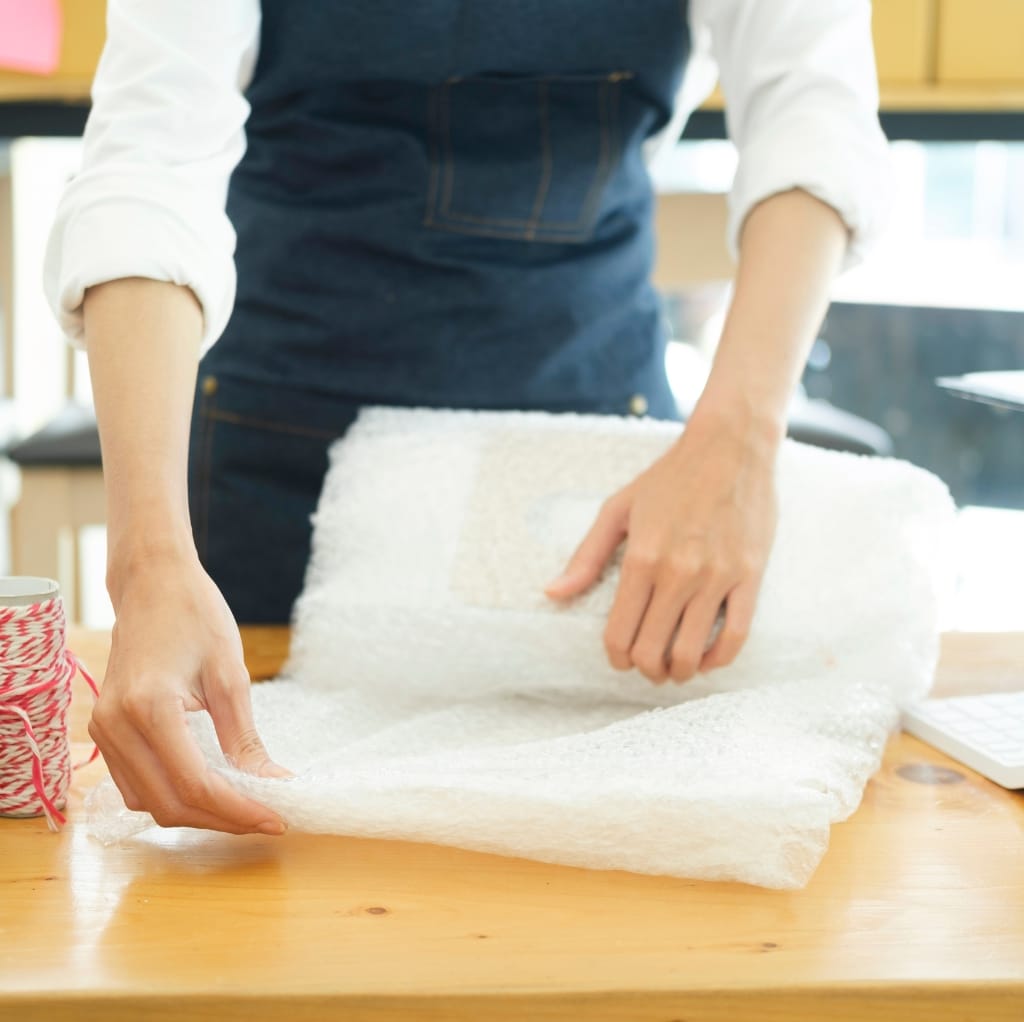
Conclusion
The right types of fuzzy fabric can transform an ordinary item into something remarkable. Whether it’s a winter coat, baby blanket, or a plush throw, knowing the types of fuzzy fabric will help you make the best choice. It’s not only the softness that matters, but also the warmth, comfort, and luxury that you experience every time you touch it.
During your next shopping excursion, notice the texture. Follow your heart. After all, comfort will always be in fashion and so will luxury.
FAQs
Minky fabric is considered the softest. It’s smooth, plush, and perfect for cuddling.
Yes, especially natural options like brushed cotton or high-quality fleece. Always check for hypoallergenic labels.
Minky and organic brushed cotton are best. They’re soft, non-irritating, and easy to wash.

